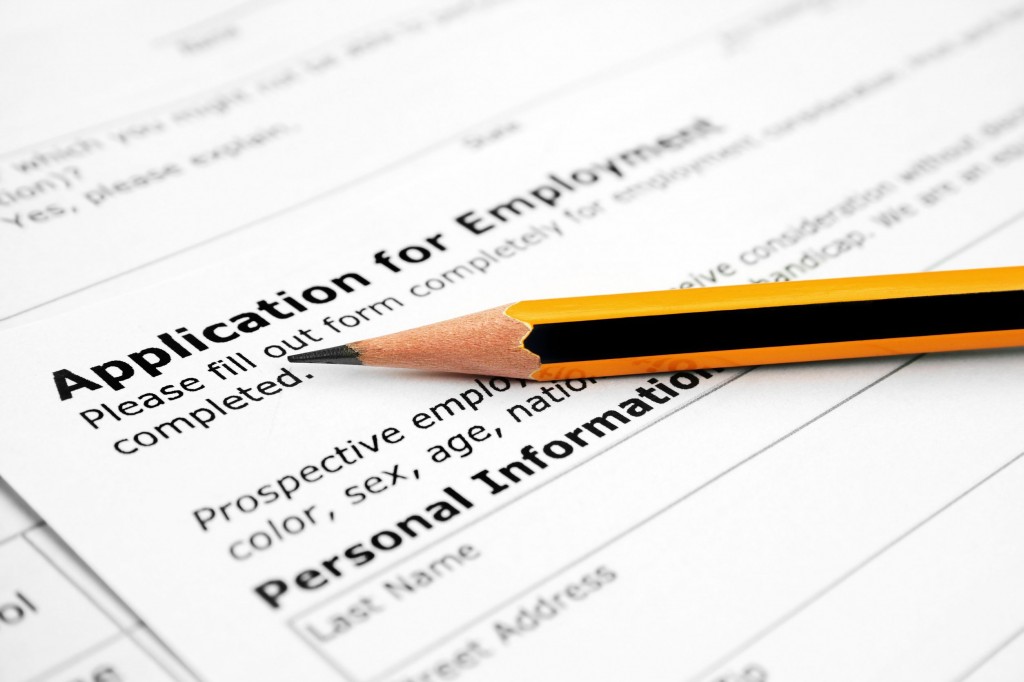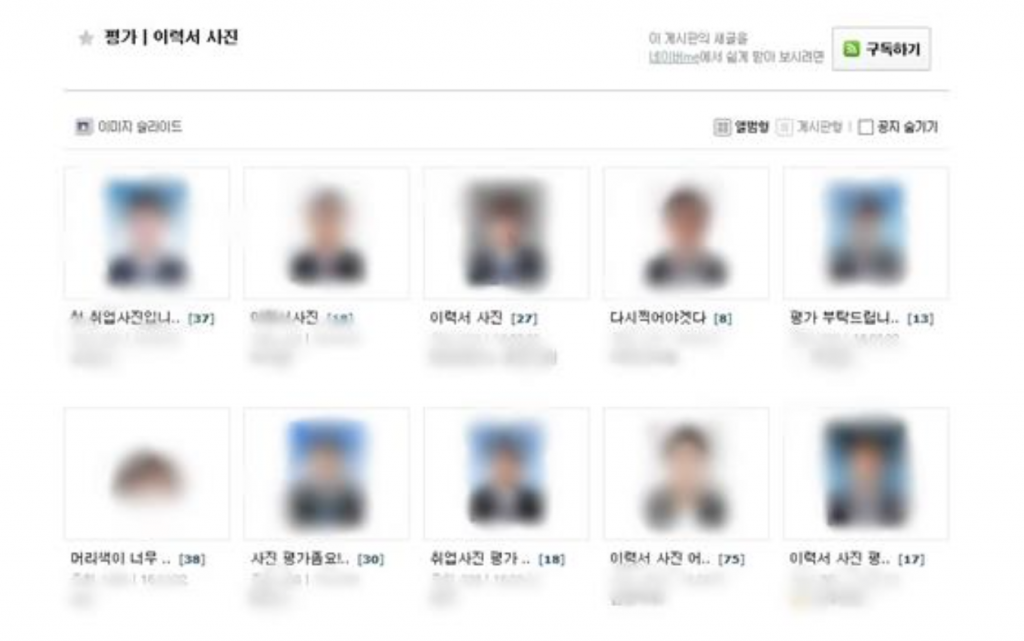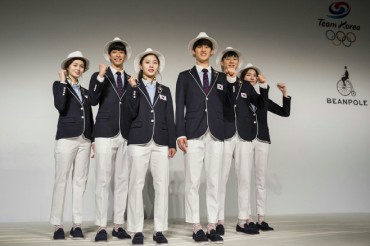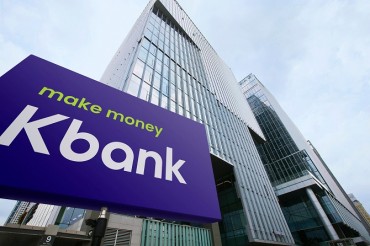
“I want to show the HR manager the best photo of myself, but they say too much Photoshop takes away the trust factor,” said a job seeker. “So I need to find that balance where my appearance can give the best impression. I tend to seek advice from my acquaintances.” (image: KobizMedia/ Korea Bizwire)
SEOUL, Aug. 9 (Korea Bizwire) – The recruitment process at Korea’s top conglomerates, and even at smaller companies, is a grueling experience. There is a first interview, followed by a second, and sometimes, a third. But before the interviews comes an in-house personality and aptitude test that is the worst of SAT and GRE Math; and of course you must first submit your resume listing a dozen test scores and fancy certificates, while answering prying essay questions provided by the company.
Yet it’s understandable that big-name companies need to implement such vigorous practices considering the thousands of applicants they need to filter out every year.
But when company recruiting decisions are swayed by the profile photo that applicants attach to their resumes or job application form, the entire painstaking effort turns futile.
Asking applicants to supply a photo has been a hotly debated issue in Korea for quite some time, with criticism that the practice perpetuates an appearance-oriented culture that is already noted for its extreme obsession with beauty. However, the majority of companies still require applicants to include profile photos with their job applications, and applicants are often disadvantaged for not doing so.
According to Saramin, Korea’s leading online job search platform, 93.4 percent of listed companies (760 surveyed) had an applicant photo section on their job application form (companies often provide their own version of an application form for applicants to submit), and 66.6 percent of these companies revealed that not including a photo would negatively influence an applicant’s candidacy.
Furthermore, in a different survey by Saramin, 62.8 percent of HR managers conceded that physical appearance affected the evaluation of job applicants.
“Developed countries like the United States, Australia, and France do not allow companies to ask applicants to submit photos,” said a Saramin official. “The practice is still commonplace in Korea, and more than 90 percent of state-owned companies also require photos to be submitted with job applications.”

The answers range from simple ones like “nice”, or “cool”, to more detailed “consider changing your background”, “it’d be better if your glasses lenses were smaller”, “how about a different hairstyle”, and so on.
Due to such circumstances, young applicants around the country flock to online communities to post their profile pictures with their prospective company and job position, asking for feedback.
The answers range from simple ones like “nice”, or “cool”, to more detailed “consider changing your background”, “it’d be better if your glasses lenses were smaller”, “how about a different hairstyle”, and so on.
With rising demand for “prettier” pictures, there are now photo studios with in-house make-up artists and stylists specifically for these inexperienced job seekers. The price for a photo shoot ranges from as little as 10,000 won ($9) to more than 100,000 won, which of course includes touching up in Photoshop.
“I want to show the HR manager the best photo of myself, but they say too much Photoshop takes away the trust factor,” said a job seeker. “So I need to find that balance where my appearance can give the best impression. I tend to seek advice from my acquaintances.”
Still, there have been small changes to such practices among larger conglomerates.
LG, Lotte, and SK groups all removed the section for profile photos on their respective job application forms. Asiana Airlines also chose to omit photos as part of the application process, which was a first for a domestic airline.
“Wearing casual clothes, and an untidy appearance and background tend to give the impression that an applicant lacks sincerity,” said an official from an unnamed Korean conglomerate. “Although the photo does not determine the ultimate recruitment decision, it’s true that it has a rather large influence.”
By Joseph Shin (jss539@koreabizwire.com)






